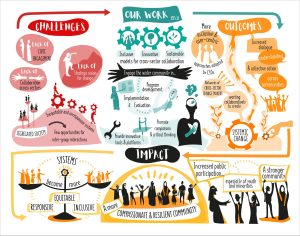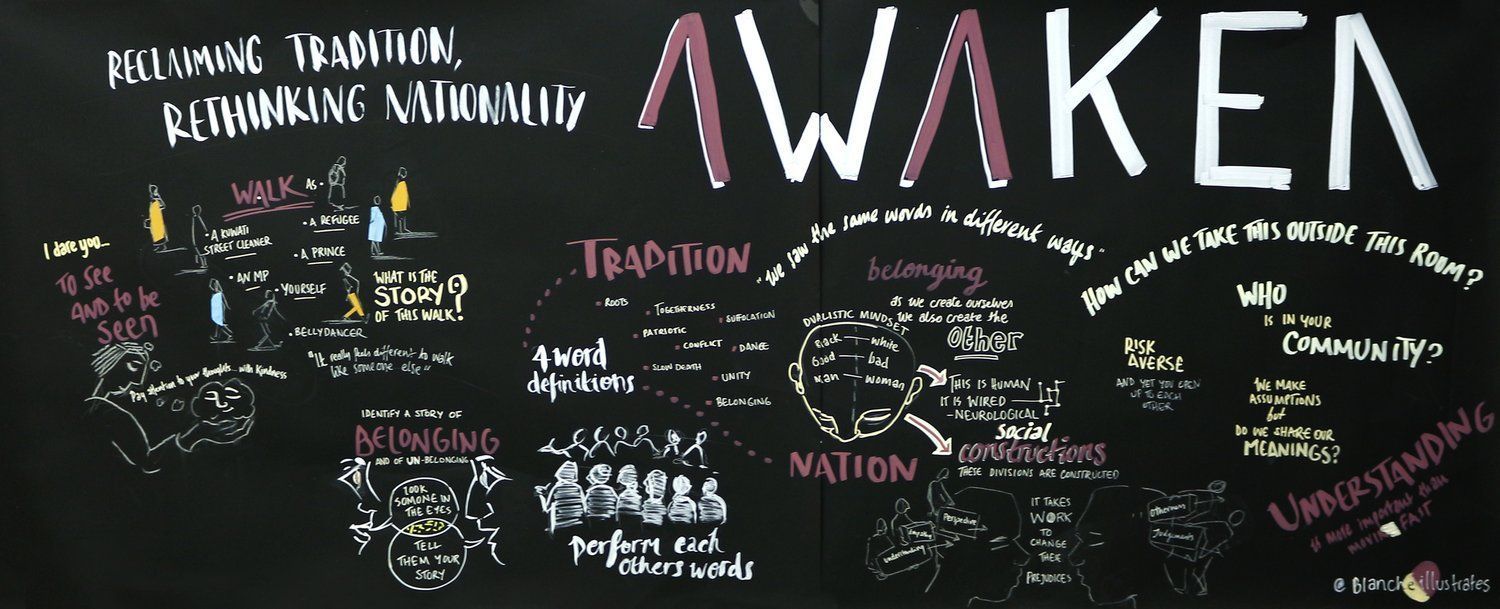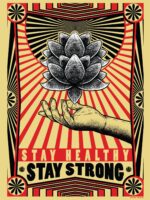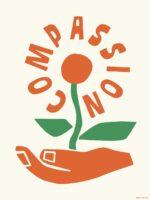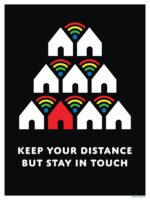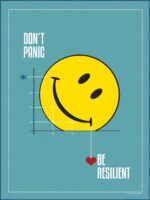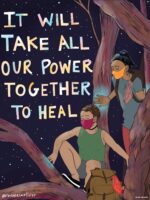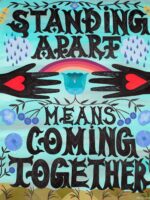ABOUT THE SUMMITABOUT THE SUMMIT
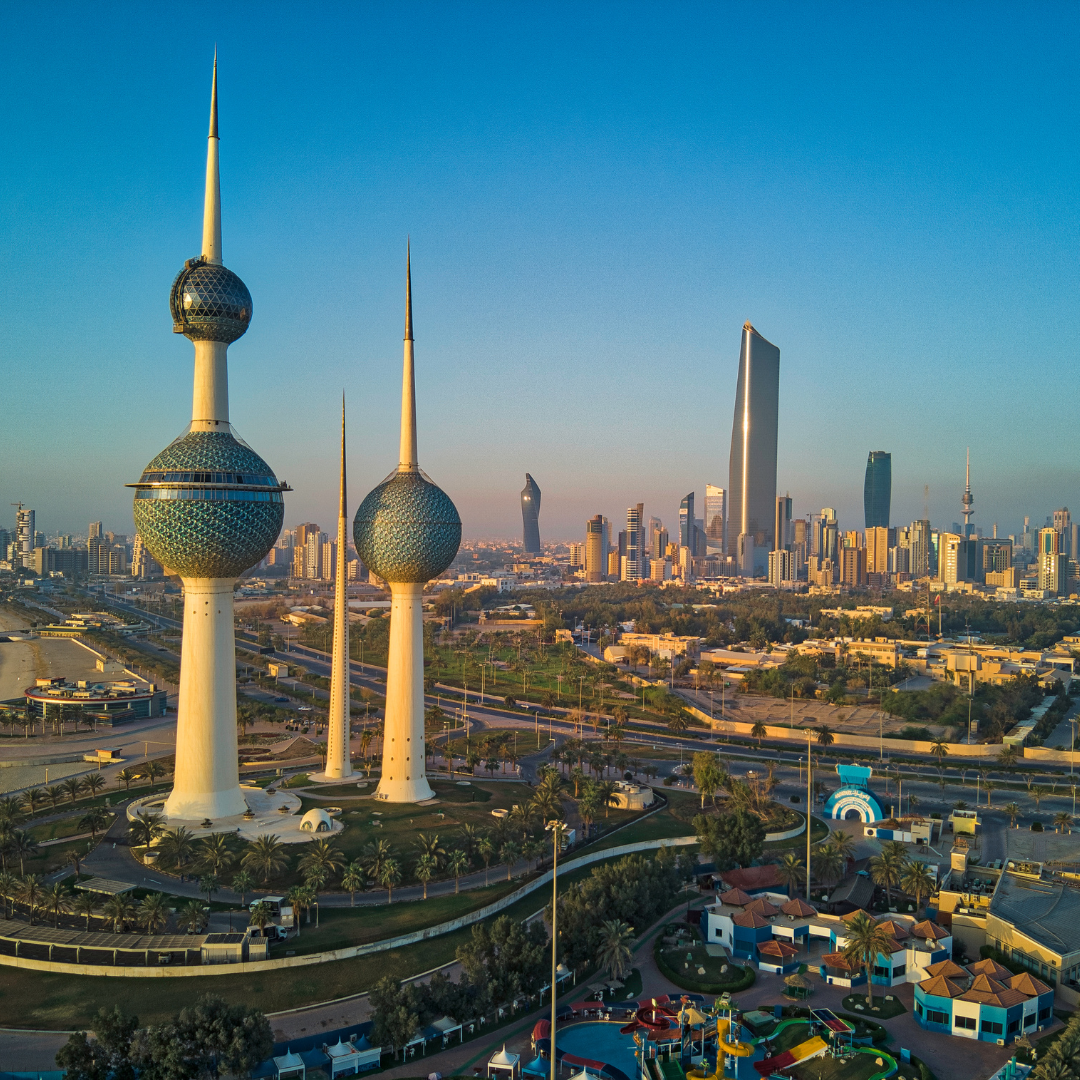
Collective Resilience and Healing
Hearth Summit Kuwait 2025 is a region-first gathering designed to explore how collective care, cultural wisdom, and regenerative practices can guide us through this era of uncertainty. As conflict, climate change, and social upheaval continue to affect lives across the Middle East, the summit will bring together changemakers from diverse sectors to imagine new paths toward resilience, healing, and sustainable transformation.
Over three days, 200 participants—including community leaders, artists, activists, and policymakers—will engage in dialogue, ritual, storytelling, and collaborative learning rooted in the Gulf and broader Middle Eastern context. Together, they will reflect on the root causes of our interconnected challenges and co-create practices that foster solidarity, belonging, and long-term wellbeing.
While deeply grounded in local heritage and regional realities, the summit is part of a wider movement for holistic systems change. With support from The Wellbeing Project and regional partners, Hearth Summit Kuwait draws strength from cultural diversity, shared wisdom, and a commitment to nurturing both people and planet—amplifying voices and visions that are often overlooked.
More than an event, Hearth Summit Kuwait 2025 is an invitation to reimagine our futures through the lens of care, interdependence, and hope. It offers a transformative space where healing becomes strategy, collaboration becomes practice, and resilience becomes a shared responsibility.
Program At A GlanceProgram At A Glance
Over the course of three days, participants will be immersed in activities designed to inspire and equip leaders with practical tools and strategies for creating a new culture of social transformation, one that is deeply rooted in personal, collective, and ecological wellbeing. Expect a dynamic mix of inspiring talks and panel discussions, immersive arts, interactive workshops, cultural and culinary experiences, and more.
Ecological Belonging
Deepening our understanding of the intricate connections between ourselves, each other, and our ecosystems.
Intergenerational Healing
Addressing and transforming the traumas passed down through generations, breaking cycles of harm, and strengthening bonds.
Collective Sense-Making
Building shared narratives and finding common ground in a world marked by division.
Connect On Social MediaConnect with Envearth on social media:
MORE REGIONAL SUMMITS MORE REGIONAL SUMMITS
Express Your InterestExpress Your Interest in Attending Hearth Summit Kuwait
Want to get involved at the regional Hearth Summits as a partner, speaker, or delegate? You can express your interest in attending now with this form.
We’ll share your information with the organizers!



